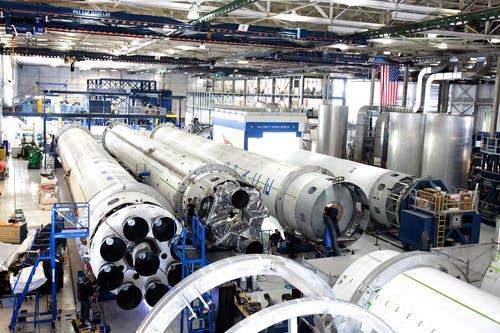An invention of Edward E. Simmons and Arthur Claude Ruge, strain gauge also known as strain gage is a gadget, a passive transducer, used to calculate or measure, strain, displacement, pressure and force on an object. The gauge is attached to the object by using an adhesive like cyanoacrylate under stress. Commonly available kind of strain gauge installation is made of an insulating pliable backing.
A classic strain gauge is made up of three layers. Laminate top layer, Sensing element and Plastic film base layer.
In the field of engineering, use of strain gauge technology is almost unlimited. From simple tasks such as testing vehicles, to complex work like dams, ship hulls, and oil drilling platforms, the use of strain gauge is endless.
There are many types of strain gauges that are used in the calculation of strain, finding the vibrations and associated stress. And occasionally it is also used to measure applied pressure and force.

Types of Different Strain Gauges
There are many types of strain gauges used in different kinds of fields and for different uses.
- LY Linear Strain Gauges – The LY linear strain gauges are used to measure the strain only in one direction.
- Double linear strain gauges
- Shear strain gauges – It is mainly used to measure torque in a rotating object in the construction of torque transducers or shear force transducers.
- Strain Gauge Rosettes – A rosette strain gauge is used for different directional strain measurements for a more accurate analysis of the surface strain to be measured.
- Membrane Rosette Strain Gauges – The membrane rosette strain gauges are used to measure velocity, displacement, force and pressure.
- Tee Rosette Strain Gauge (0-900)
- Rectangular Rosette (0- 450-900)
- Full bridge strain gauges
- Half bridge strain gauges
Each strain gauge has its conditions in terms of fatigue, temperature, the amount of strain, and the measurement environment. Before a strain gauge is used these reservations and compliances must be considered thoroughly.
Uses of Strain Gauge in Different Areas of Technology
From railroad car production to aircraft and missile production, the strain gauges are used in many industries.
Everyday engineering focuses on building lighter and more efficient products that still manage to keep durability and safety standards. To accomplish this balance of durability, safety and efficiency, engineers use strain gauges to calculate the stress limits of their raw materials. Amount of surface stress, a material can handle is monitored by the gauges.
Strain gauges are used to measure the torque applied by a turbine, motor, generators, wheels, engine to fans or propellers. This equipment is found in ships, power plants, refineries and automobile industry.
Strain Gauges Characteristics
Strain gauges have different characteristics, they are highly explicit, they are ideal for long distance communication and requires easy maintenance. Strain gauges are suitable for long term installation and have a long operating life.
Applications of the Strain Gauge in Different Areas of Industry

- Aerospace – There’s a long history of strain gauge technology in aerospace applications. Strain gauges are bonded directly to structural load bearing segments to measure stresses.
- Cable bridges – For structural damage, most bridges must be assessed in the field through visual inspection.
- Rail monitoring – Monitoring with strain gauges to maintain rail safety.
- Torque and power management in rotating equipment
- Torque and vibration measurement
- Residual stress
- Deflection and bending measurement
- Tension, compression and strain measurement
For many field-testing operations across different industries strain gauge technology lies accurate, inexpensive, affordable and advantageous.
